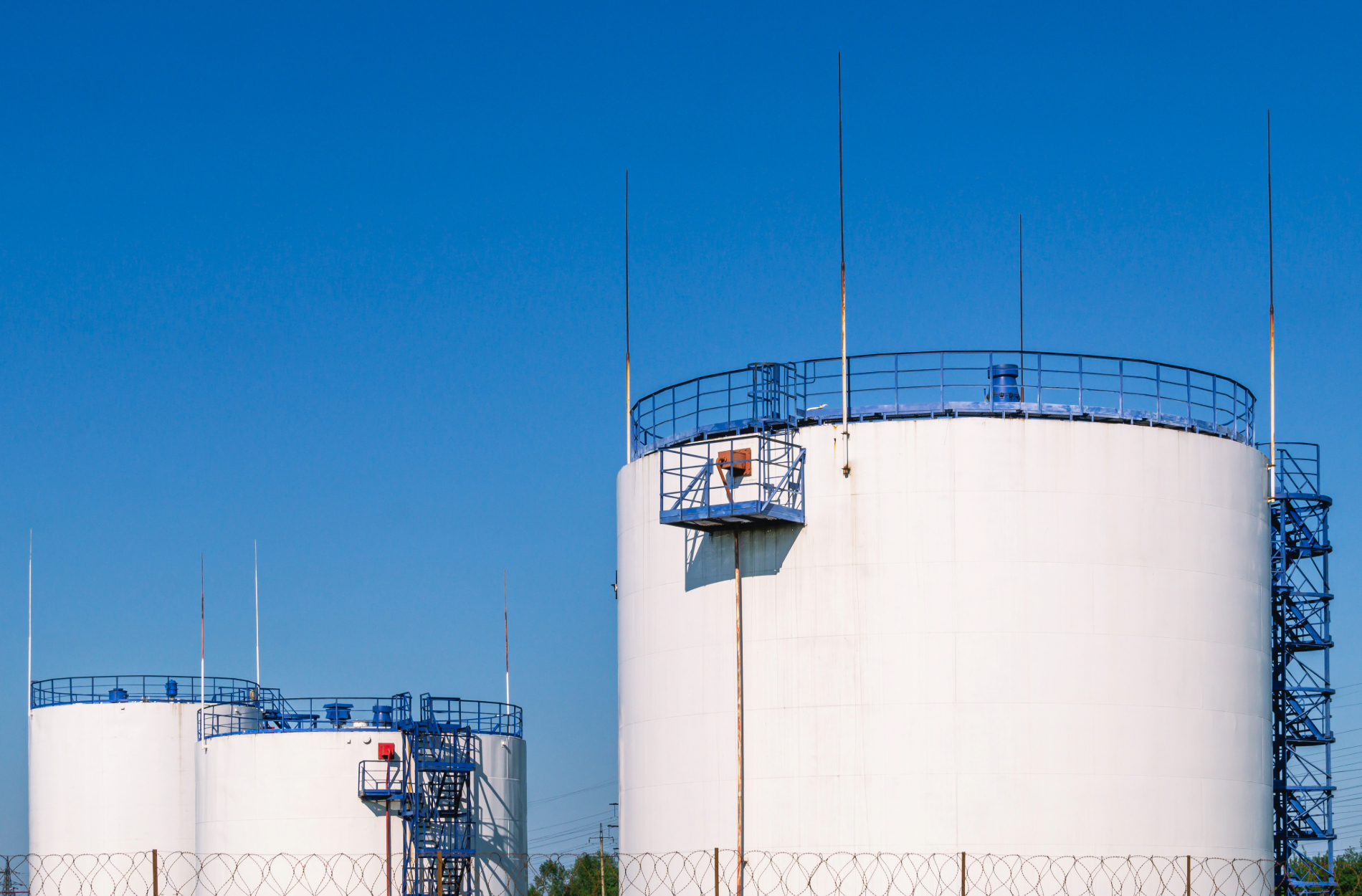
Lightning is a natural force that can cause significant damage if structures are not adequately protected. This is particularly true for storage tanks, which often hold valuable substances. Installing lightning protection systems is crucial for safeguarding both the tanks and their contents from potential strikes. These systems act like a shield, directing lightning safely into the ground and preventing catastrophic damage.
Tanks, especially those holding flammable or hazardous materials, are at high risk during thunderstorms. A lightning strike can cause fires, explosions, or structural failures, leading to safety hazards and costly repairs. This danger makes it even more important to consider reliable lightning protection solutions.
Understanding how these systems work, their components, and the best ways to maintain them can significantly enhance the safety of your storage solutions. By investing in proper lightning protection, tank owners protect not only their assets but also the environment and the safety of surrounding areas.
Understanding Lightning Protection Systems
Lightning protection systems play a vital role in safeguarding buildings and structures, especially those that store valuable contents like tanks. These systems are designed to direct the high voltage of a lightning strike to the ground, preventing it from passing through the structure and causing massive damage or even explosions.
Tanks, whether they hold water, chemicals, or fuel, are susceptible to lightning strikes due to their large, often metallic surfaces. When lightning strikes, it can cause severe damage not only to the tank’s structure but also to its contents, potentially resulting in leaks, fires, or other hazardous situations. Protecting tanks against this risk is crucial for maintaining safety and integrity.
Beyond the obvious structural damage, lightning strikes can lead to significant financial losses and environmental hazards. Tanks containing flammable or corrosive materials pose a heightened risk, as any breach can have devastating effects. Having a robust lightning protection system in place is not just about compliance but also a vital step in ensuring the safe operation of storage facilities and protecting both personnel and surroundings.
Key Components of a Lightning Protection System
A lightning protection system is composed of several key parts that work together to shield a structure from lightning strikes. Each component has a specific role in safely conducting the lightning’s energy to disperse it harmlessly into the ground.
Here’s a list of essential parts and their functions:
1. Air Terminals: These are rods or spikes placed at the highest points of a structure to capture lightning strikes before they hit the tank.
2. Conductors: Wires that connect the air terminals to the grounding system, providing a path for the electrical current to follow.
3. Grounding Rods: Metal rods driven into the earth to safely dissipate the electrical charge from the conductors into the ground.
4. Surge Protectors: Devices that help prevent electrical surges in the tank’s associated systems during a strike.
Each component is instrumental in forming a comprehensive defence against lightning. Properly installing and maintaining these systems is essential to avoid malfunction and ensure the safety of the tanks. Regular inspections and updates can help keep every part functioning optimally to provide reliable lightning protection.
Benefits of Implementing Lightning Protection
Installing a lightning protection system delivers numerous benefits that ensure safety and save costs. Primarily, it protects personnel and property from the dangers of lightning strikes. By capturing and securely diverting lightning’s energy, these systems prevent catastrophic damage to tanks and surrounding structures, thereby safeguarding lives and investments.
Safety stands out as the most significant advantage. Protecting tanks from lightning prevents fires, explosions, and chemical spills, which could pose severe risks to workers on-site and nearby communities. Furthermore, it maintains the structural integrity of storage tanks, reducing the likelihood of operational interruptions and safety hazards.
Moreover, implementing such a system offers notable cost savings in the long term. Repairing or replacing damaged tanks is expensive, not to mention the potential costs of environmental clean-up and penalties for safety violations. By investing in a robust lightning protection system, tank owners can avoid these hefty expenses and maintain continuous operations without unexpected downtimes.
Best Practices for Maintaining Lightning Protection Systems
Keeping a lightning protection system in good condition requires regular maintenance and inspections. Routine checks ensure that all components, such as air terminals and grounding rods, are functioning effectively and have not suffered from wear or damage.
Key maintenance practices include:
1. Scheduled Inspections: Conduct inspections at least annually. After any significant weather events, additional checks are wise to ensure the system’s integrity.
2. Component Testing: Regularly test conductors and grounding systems for resistance and continuity to confirm they are effectively dispersing electrical charges.
3. Visual Checks: Look for physical damage or corrosion on all visible parts, including air terminals and conductors, replacing any damaged parts promptly.
Integrating lightning protection maintenance with other tank maintenance activities can boost overall safety and efficiency. This holistic approach ensures that every aspect of the tank and its protective systems is assessed and maintained, reducing risks and enhancing operational safety across the board.
Conclusion
Investing in a lightning protection system is a strategic move for safeguarding tanks and ensuring the safe storage of valuable contents. As the risks of lightning strikes pose significant threats, utilising a system of air terminals, conductors, and grounding rods is invaluable. This approach not only protects vital structures but also saves on future repair and replacement costs.
At ATM Tanks, we understand the importance of comprehensive tank maintenance. Our services can help you integrate lightning protection with essential tank care, ensuring operational continuity and safety. Join us in prioritising protection and enjoy peace of mind knowing your equipment is secure.
- Choosing the Best Tank Liners for Longevity - December 7, 2025
- Pro Solutions for Effective Industrial Tank Cleaning - December 7, 2025
- What to Do When Your Tank’s Waterproofing Fails - December 7, 2025






